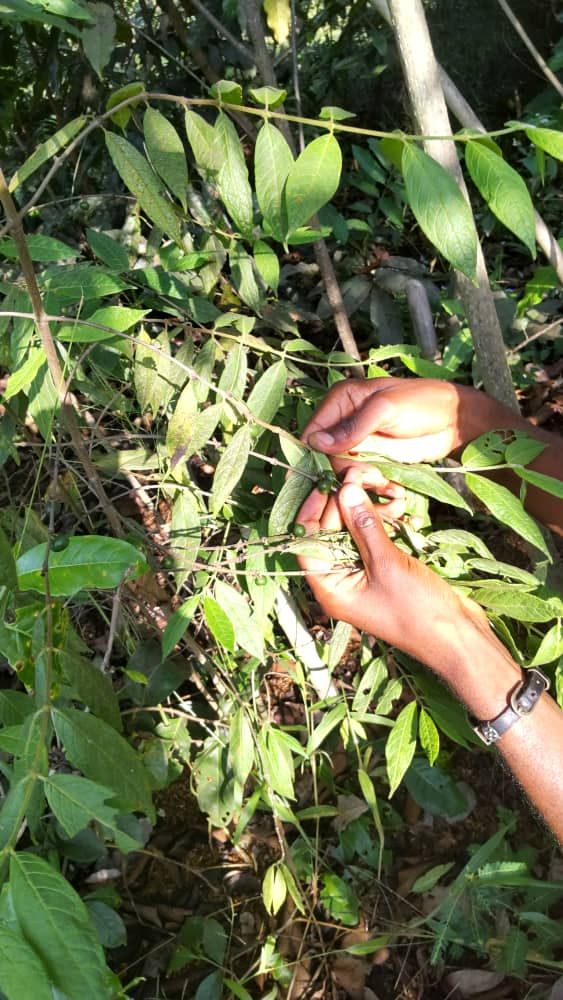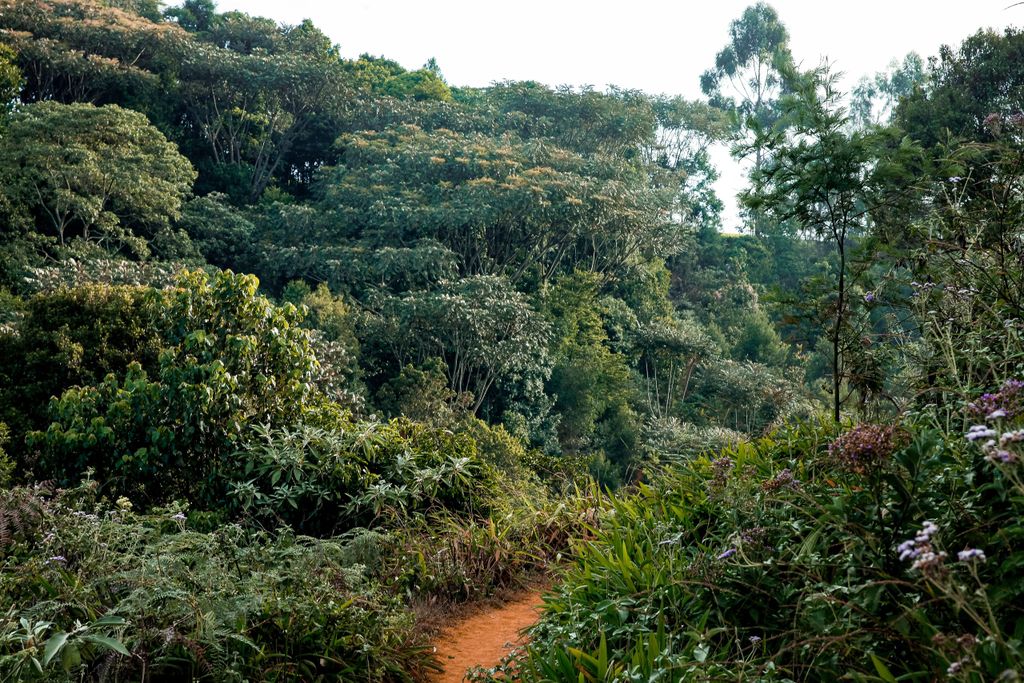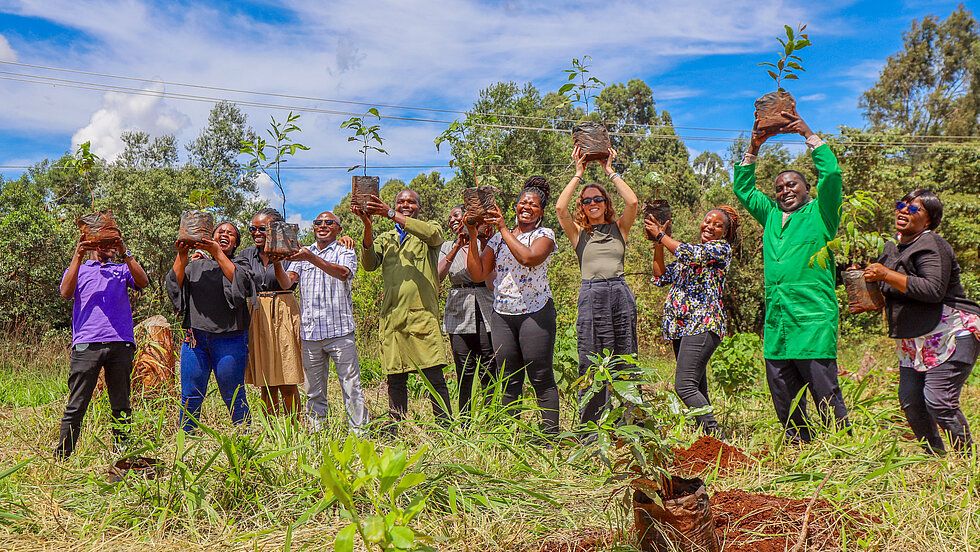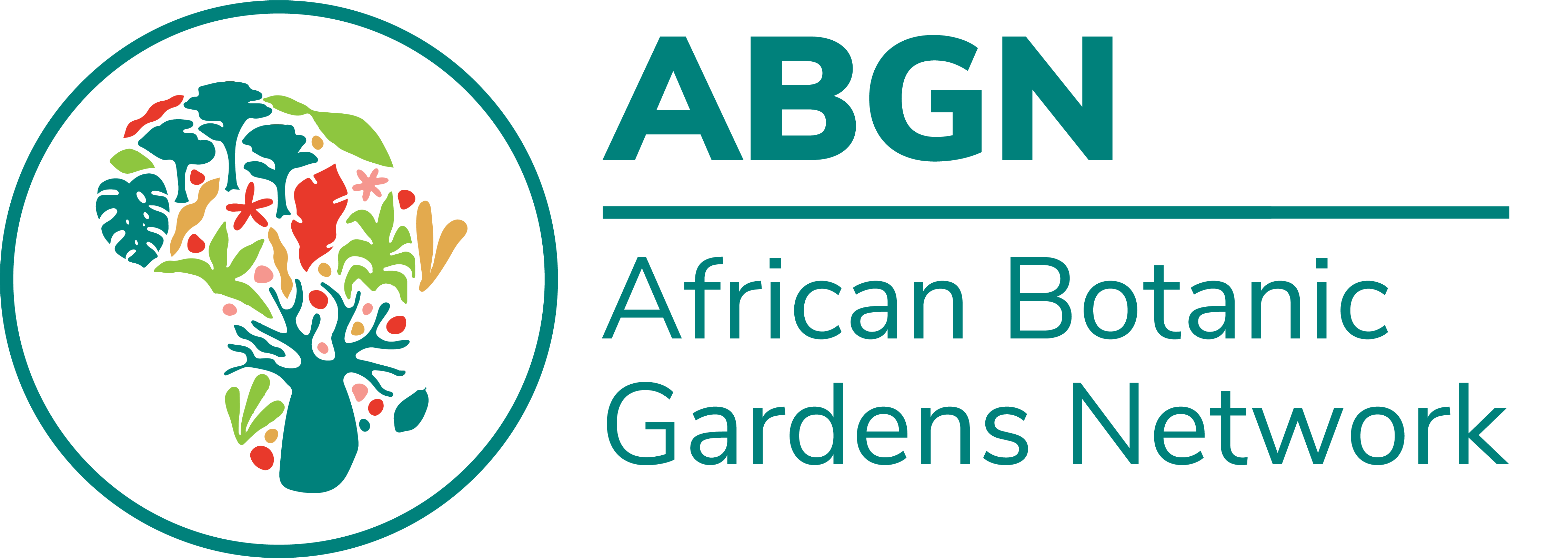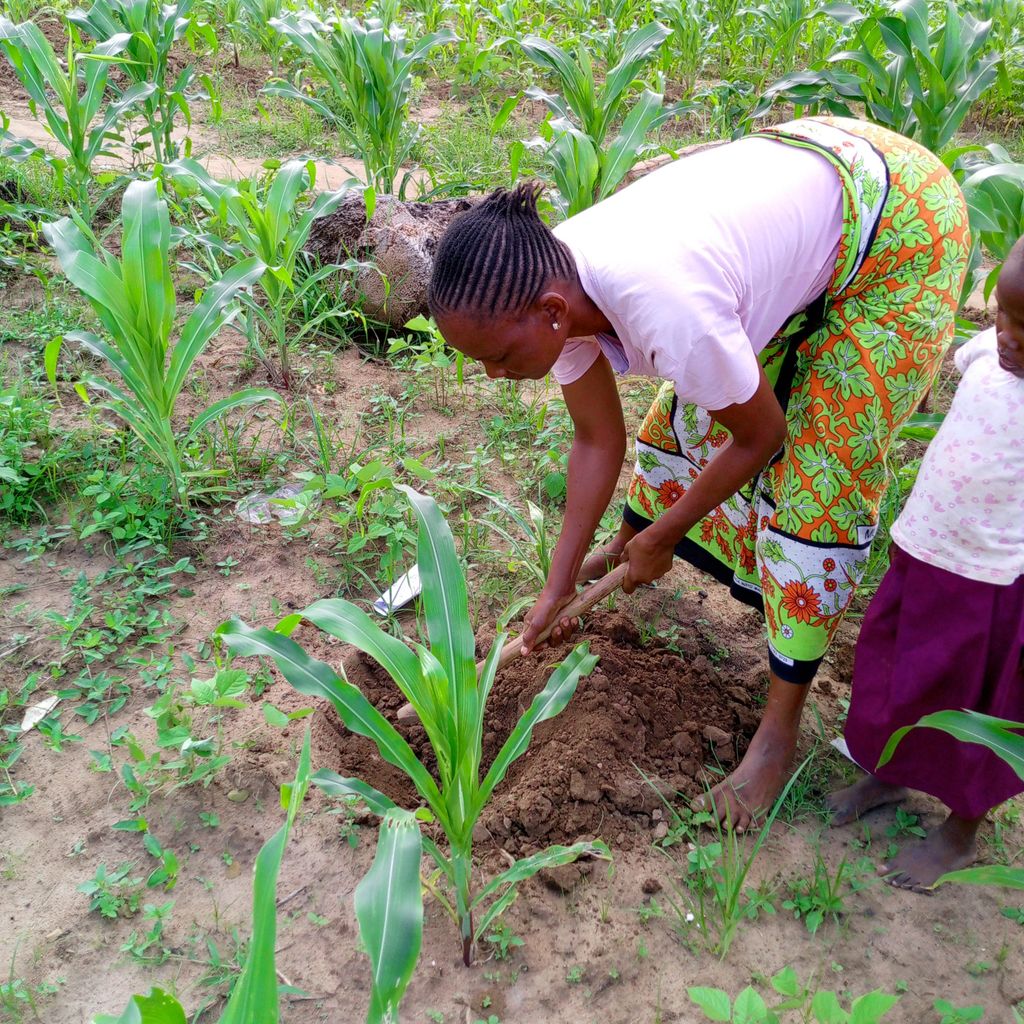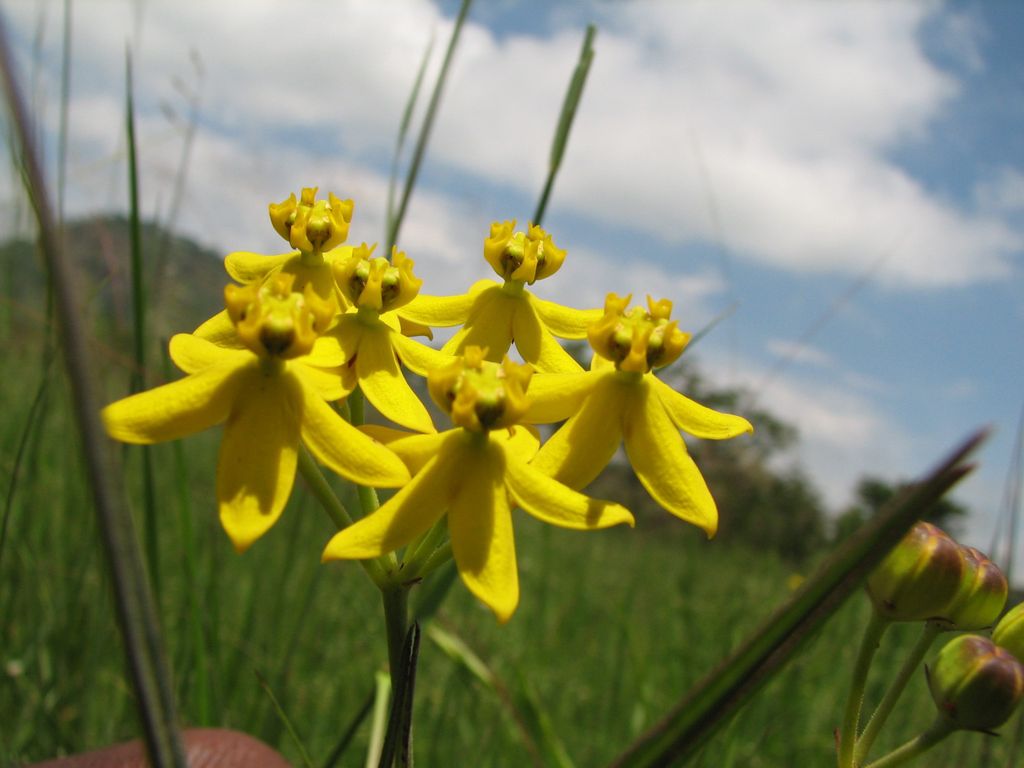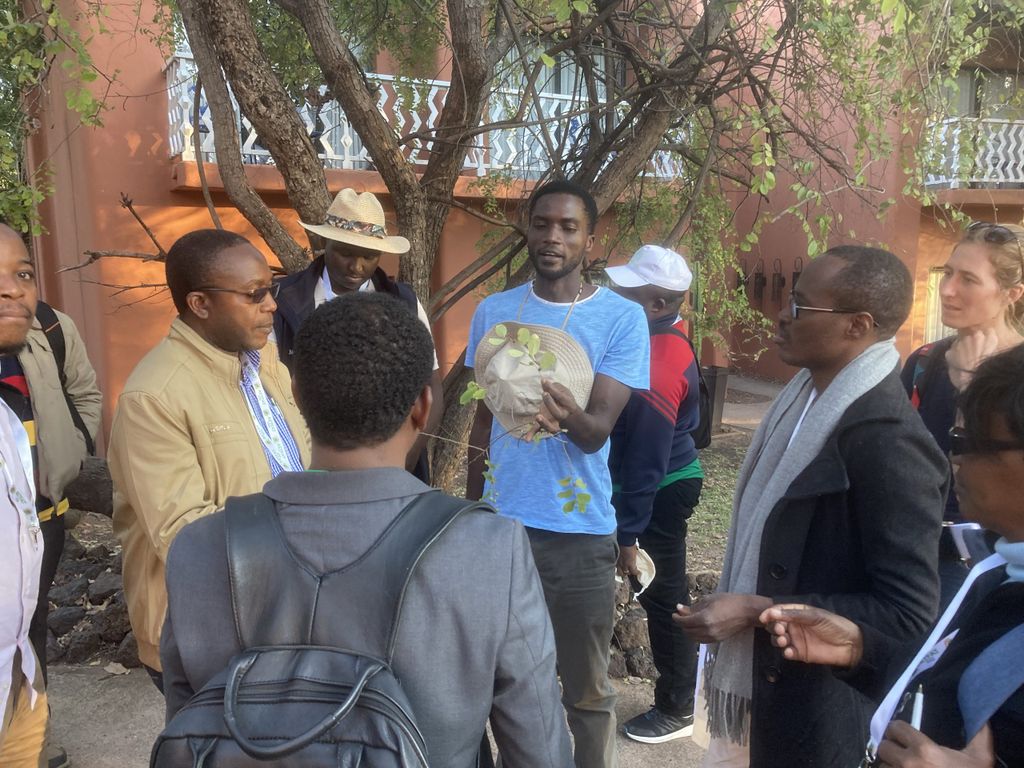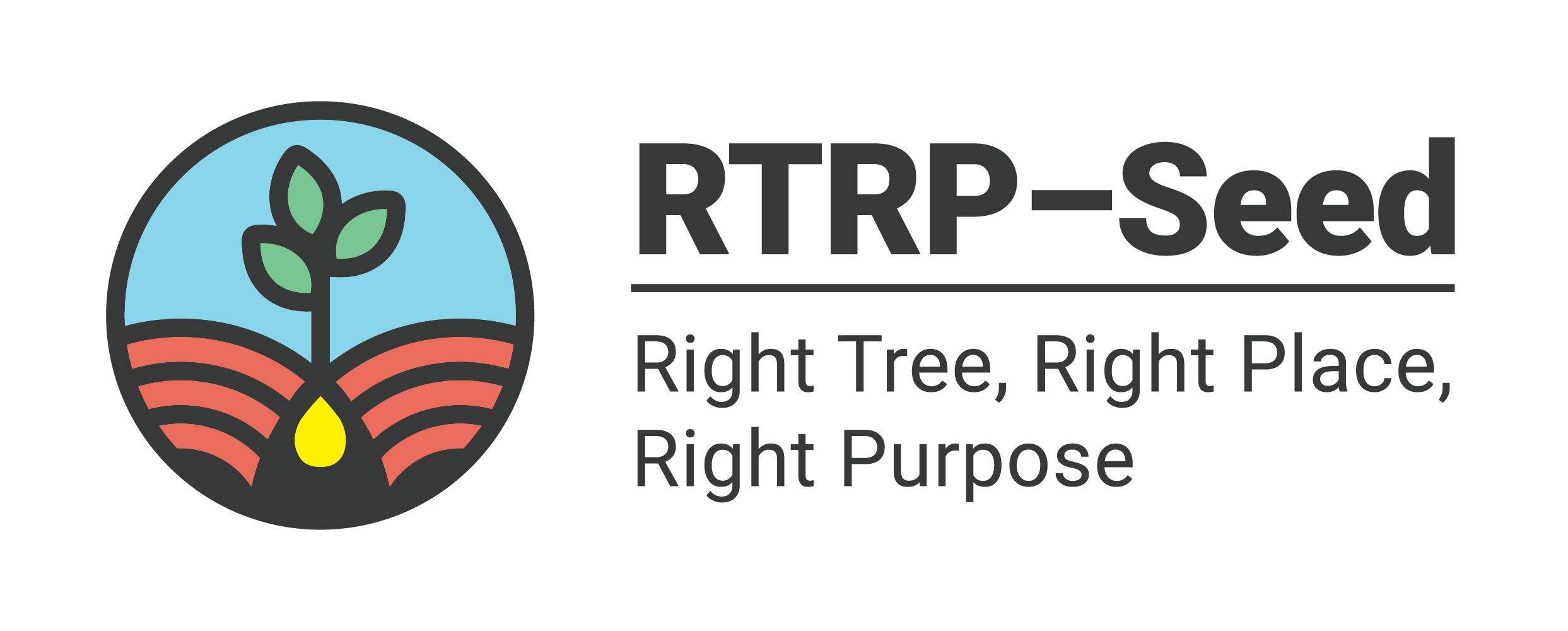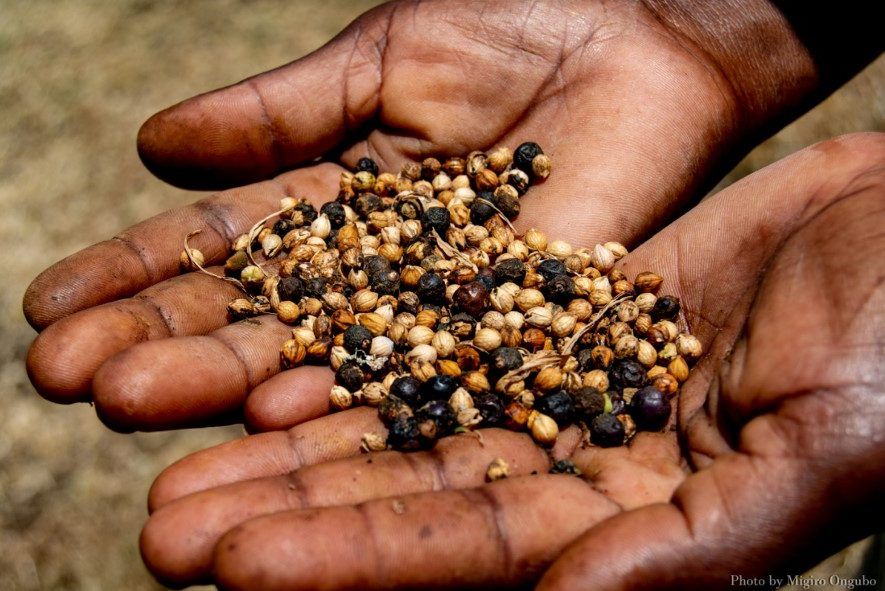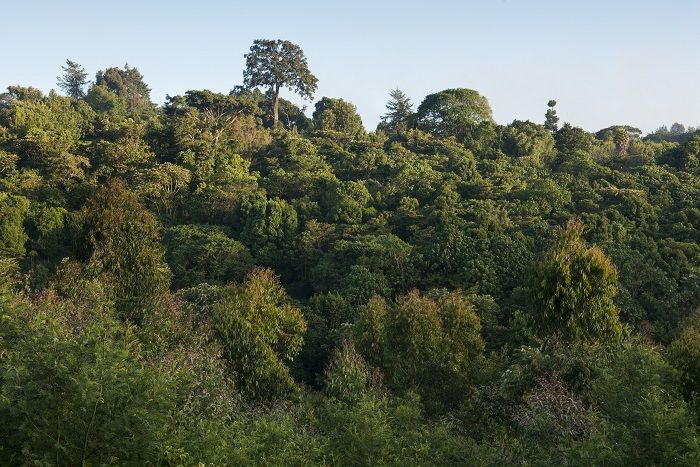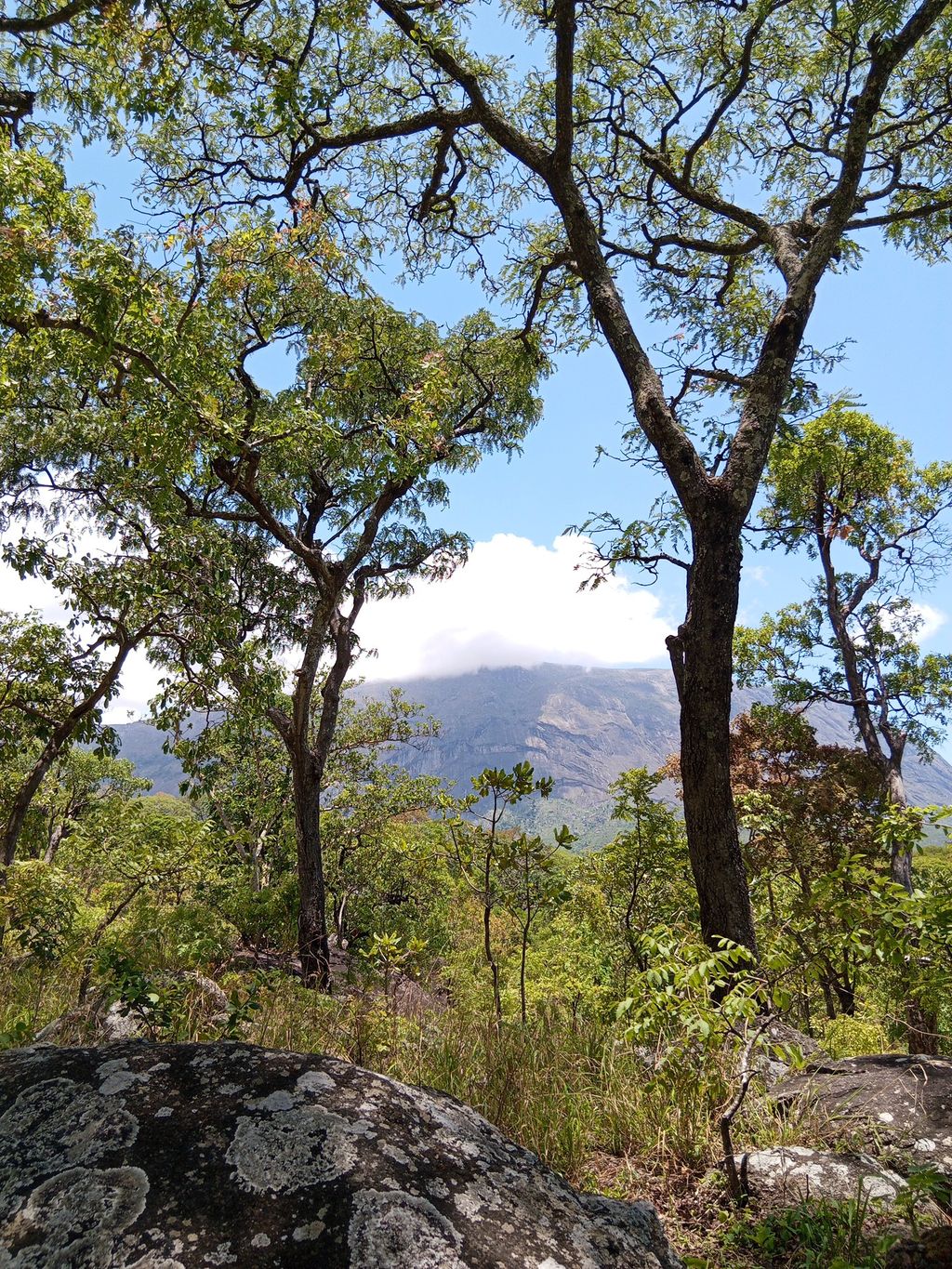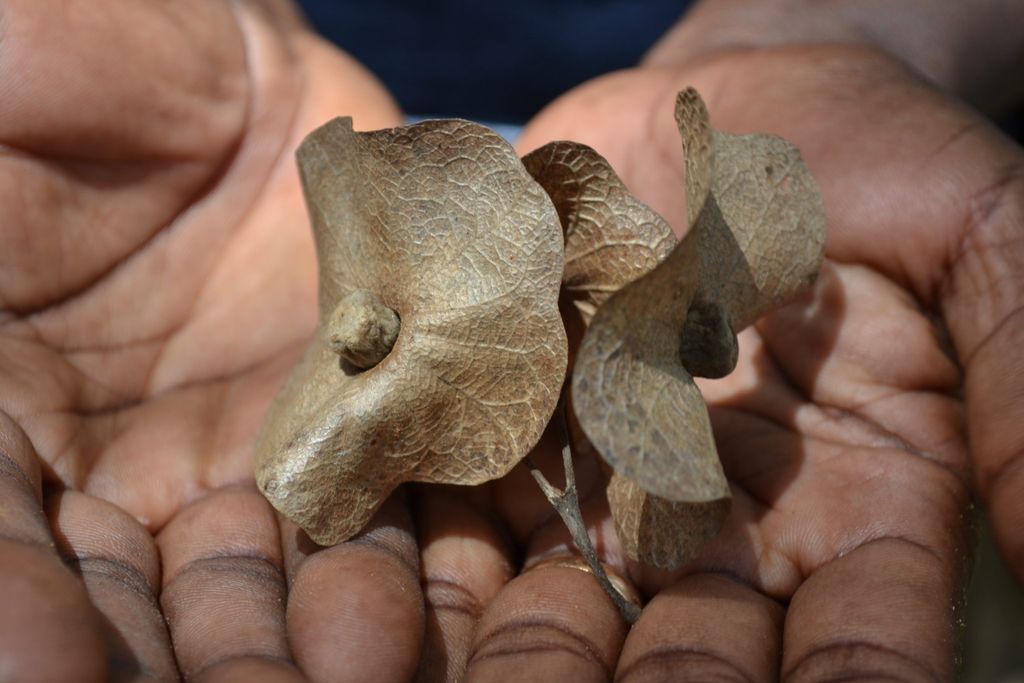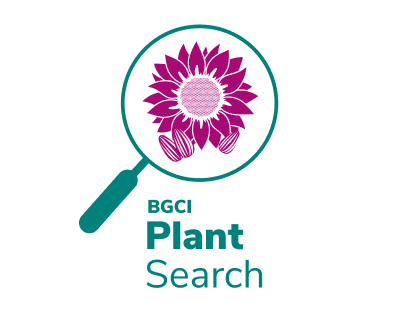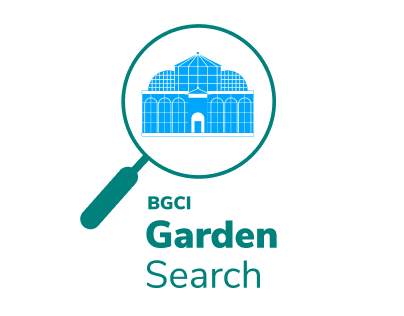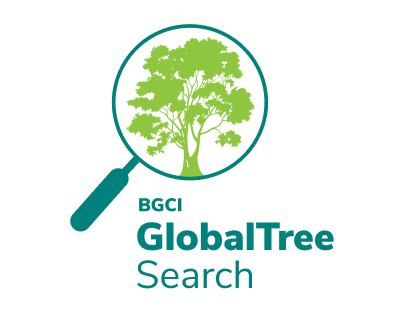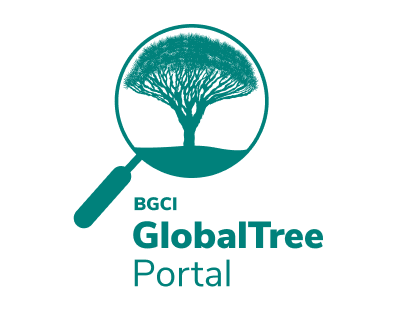Africa
Inspiring | Protecting | Connecting
- About the region
- African Botanic Garden Network (ABGN)
- Right Tree, Right Place - Seed Project
- The Kaya Connect Project
- Tanzania’s Native Tree Species
- Other Projects
- Links & Resources
Botanic Gardens in Africa
There are many botanic gardens in Africa, ranging from old institutions set up during colonial periods, including the Entebbe Botanic Garden in Uganda, to newly established gardens such as Gullele Botanic Garden in Addis Ababa, Ethiopia. The gardens range in size from small community based organisations, to large world renowned conservation hubs and visitor attractions such as Kirstenbosch National Botanical Garden in South Africa.

Kirstenbosch National Botanical Garden in South Africa is acclaimed as one of the great botanic gardens of the world
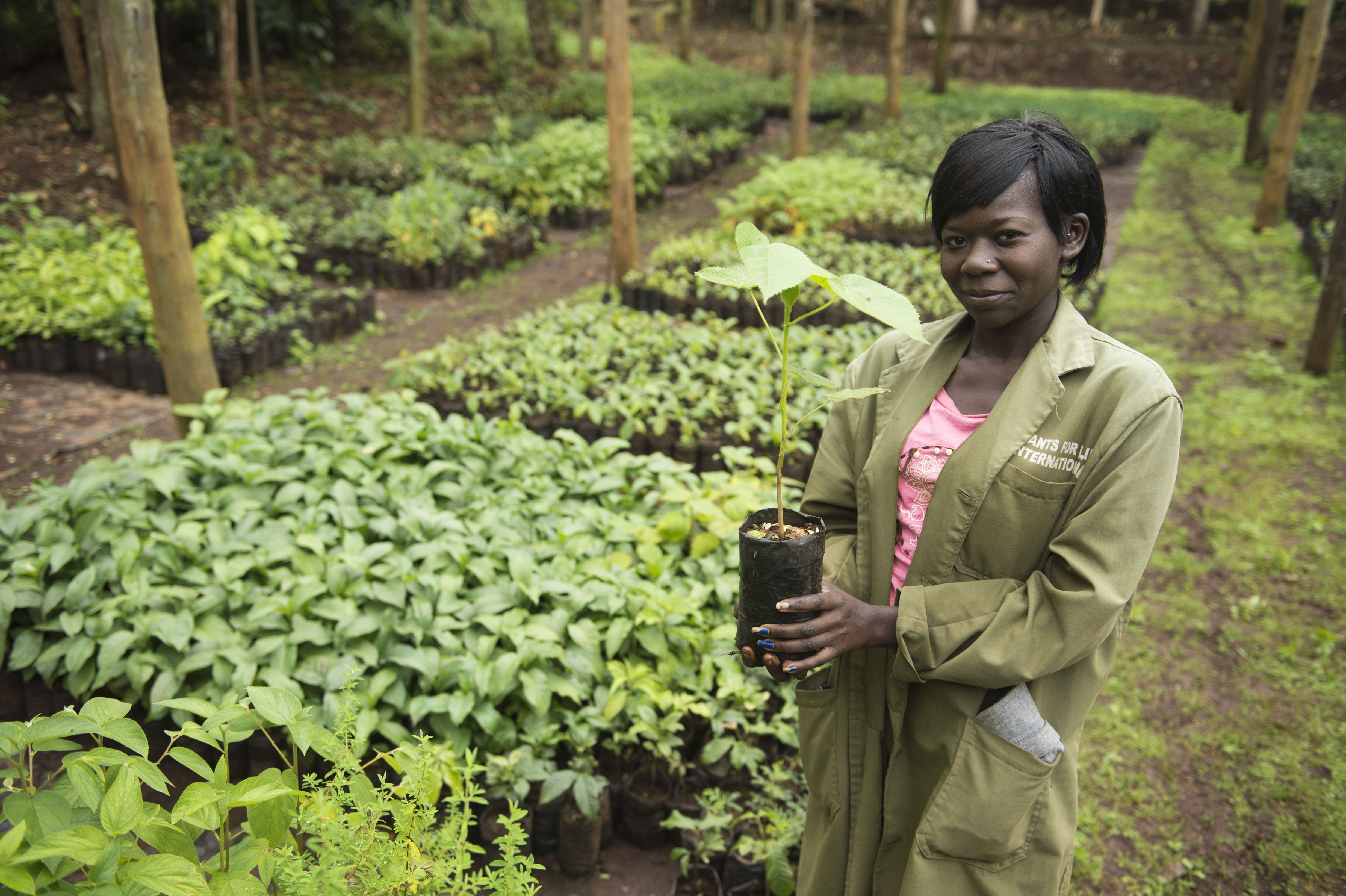
Propagation of native tree species, Kenya
Plant nursery at Brackenhurst Botanic Garden, Kenya.

Vumba Botanical Gardens
Vumba Botanical Gardens in Zimbabwe.
BGCI has worked in Africa for many years and our programme has expanded greatly in recent years, with a strong focus on tree conservation and forest restoration. The BGCI Africa office is based at the IUCN Eastern and Southern Africa Regional Office in Nairobi, Kenya. This base provides us with the opportunity to better support our botanic garden partners across the continent and expand our programme of conservation projects.
Related News from the Region
African Botanic Garden Network (ABGN)
In collaboration with the JBF network (Jardins Botaniques de France et des pays Francophones) and the South African National Biodiversity Institute (SANBI), BGCI is working to revive the African Botanic Garden Network which was set up in 2002 but is largely inactive, to connect and increase capacity of botanic gardens across the continent.
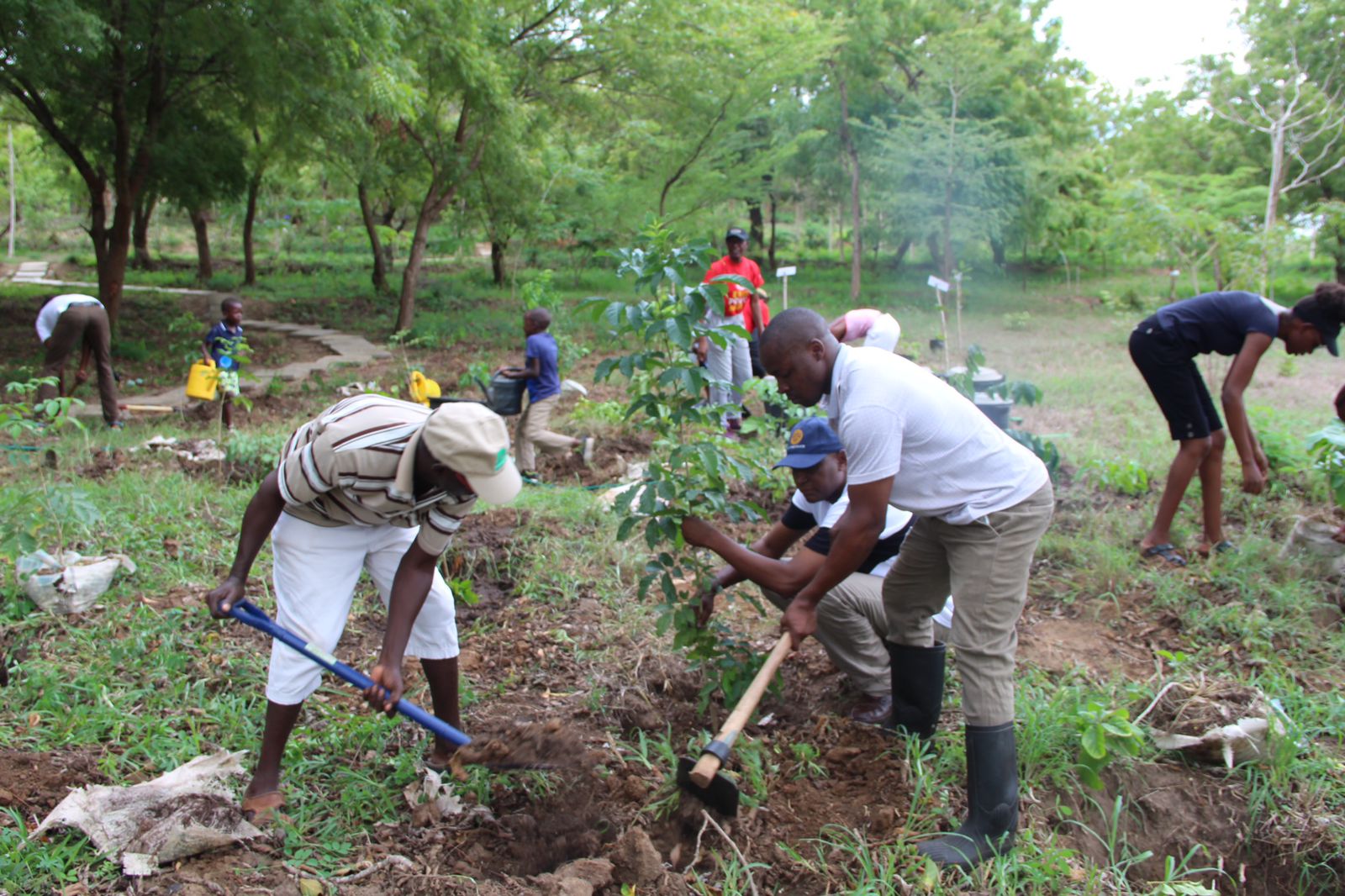
The Right Tree in The Right Place for The Right Purpose: Supplying High-Quality Tree Planting Material of Native Tree Species for Landscape Restoration in Sub Saharan Africa (RTRP-Seed)
Project ongoing: (2024-2029)
Funded by: The International Climate Initiative (IKI)
This project is taking place in Kenya, Ethiopia, Rwanda, Uganda, and Burkina Faso (lesser activities).
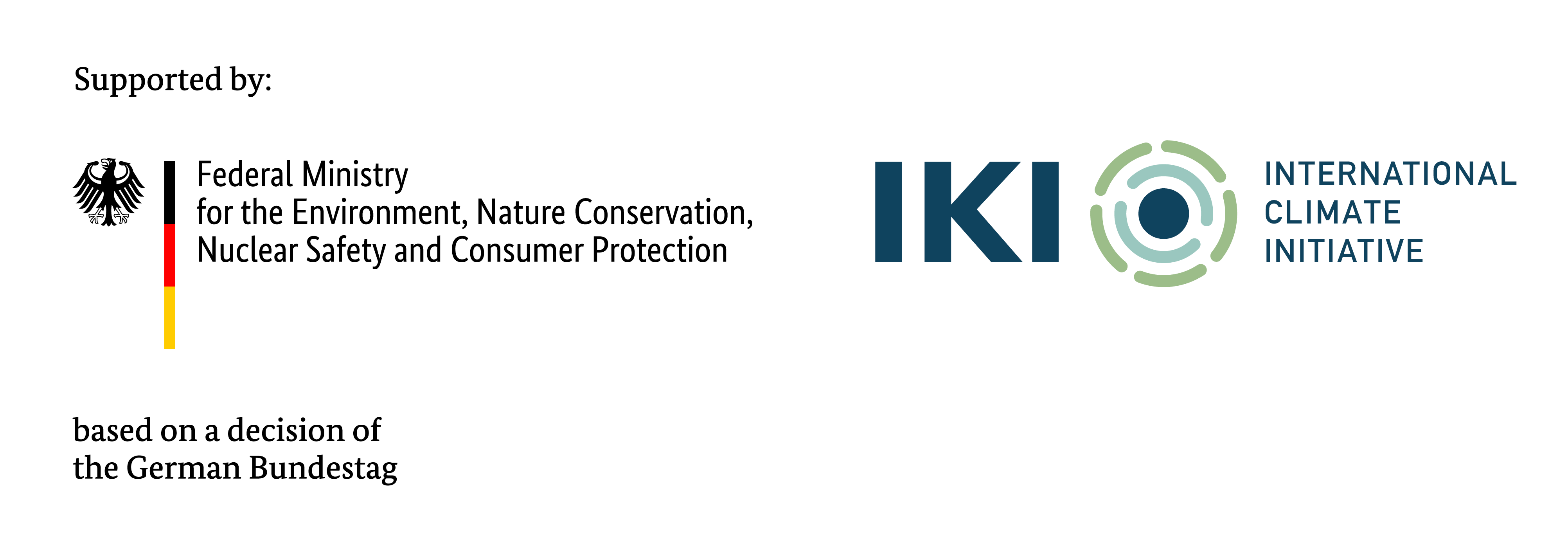
Project Summary
The RTRP-Seed project addresses the challenges of African countries to meet their ambitious forest landscape restoration targets through filling the policy gaps, building capacity in native tree species (NTS) seed and seedling supply, seed mobilization and knowledge sharing. Focusing on Kenya, Ethiopia, Rwanda, and Uganda, with lesser activities in Burkina Faso, RTRP-Seed enhances the availability of high-quality native seeds and seedlings for large-scale landscape restoration.
The project addresses the gap between the aspiration to plant native trees and the current practice, where the use of a narrow range of exotic species often dominates. While planting native trees is recognized as crucial for achieving forest landscape restoration goals, deficiencies in the tree seed and seedling supply sector have hindered the widespread use of native species across Sub-Saharan African countries. This project tackles these challenges by supporting the development of an enabling policy and institutional environment, building capacity in native tree species seed and seedling delivery, including through new business models for tree nurseries, and engaging in knowledge exchange to facilitate scaling to other African nations and beyond. The result will support planting more diverse, high-quality seedlings of native tree species, better contributing to biodiversity, carbon sequestration, and sustainable livelihood targets in large-scale restoration programs.
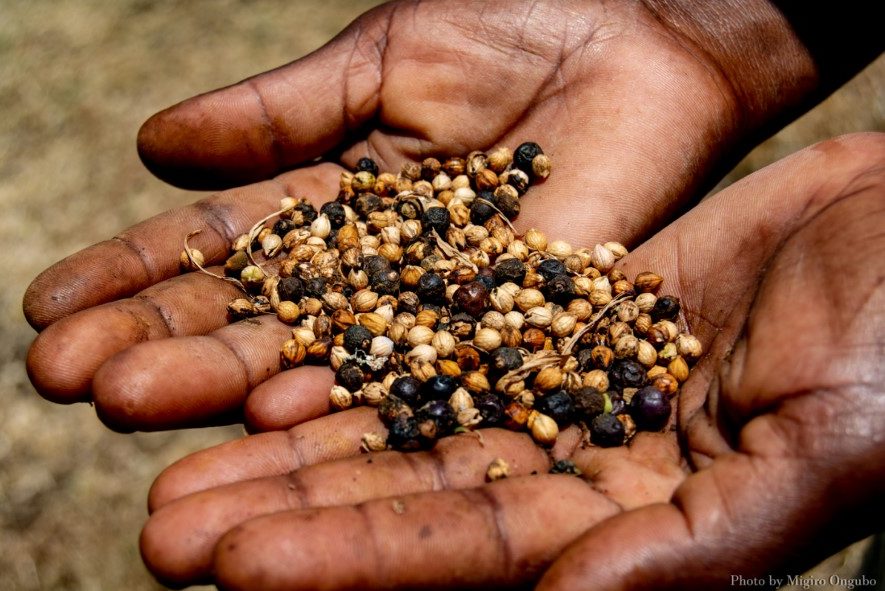
Overarching Project Goals
Climate Adapted Portfolios of Tree Diversity (CAPTD) for landscape restoration are inclusively and sustainably upscaled in Ethiopia, Kenya, Rwanda and Uganda, to a lesser degree in Burkina Faso, and beyond, with strengthening of tree seed supply and delivery systems for native tree species (NTS) that are adapted to anticipated country-specific climatic conditions, and that meet both the demands of land users for planting and countries’ climate change, biodiversity conservation and land restoration targets.
BGCI’s Role
The Botanic Gardens Conservation International (BGCI) plays a crucial role in the RTRP-Seed project and will be instrumental in identifying priority project intervention areas that coincide with the availability of high-quality, locally-provenanced seed of a diversity of well-adapted native tree species (NTS). BGCI will contribute useful knowledge products, including vegetation maps, checklists, and up-to-date botanical survey and inventory data. In addition, BGCI will lead stakeholder consultations with the botanic garden/arboreta, and plant conservation communities. This ensures that the best available knowledge on NTS seed collection, processing, storage, and seedling raising is applied to the RTRP-Seed project.
BGCI will work in collaboration with national partners (Botanic Gardens and Conservation Organisations) to:
- Draft, consult on, and publish national NTS seed strategies for each project country, detailing national targets and recommendations for addressing current constraints.
- Update and consolidate country NTS lists, identifying species overlaps between project countries, and pinpointing project priority species.
- Support ex situ conservation strategies and action plans for NTS, aligned with national targets, including documentation of ex situ collections, protocols, and expertise related to NTS.
- Support the know-how for NTS seed collection, including locality and phenology data collection, and assembling and publishing compendiums on tree seed behaviour.
- Provide training to enhance skills in NTS seed policy, ecological restoration, seed collection- processing and storage, among staff of public institutions, commercial seed suppliers, and extension support providers.
- Establish and manage of high species diversity demonstration plot.
- Networking and sharing lessons learnt.
The RTRP-Seed project aims to benefit a wide range of stakeholders, including
- Farmers and other tree growers.
- National tree seed centres and nurseries, part of the formal sector
- Seed suppliers, nursery operators, and cooperatives, part of the informal sector
- Publicly- and privately funded tree planting programmes
- Government agencies involved in tree planting
- NGOs, CSOs, and scientists working on Forest Landscape Restoration (FLR)
Consortium Partners
The RTRP-Seed project is implemented by a Consortium: CIFOR-ICRAF (Lead Consortium partner), BGCI, Unique land use GmbH, and GLF.
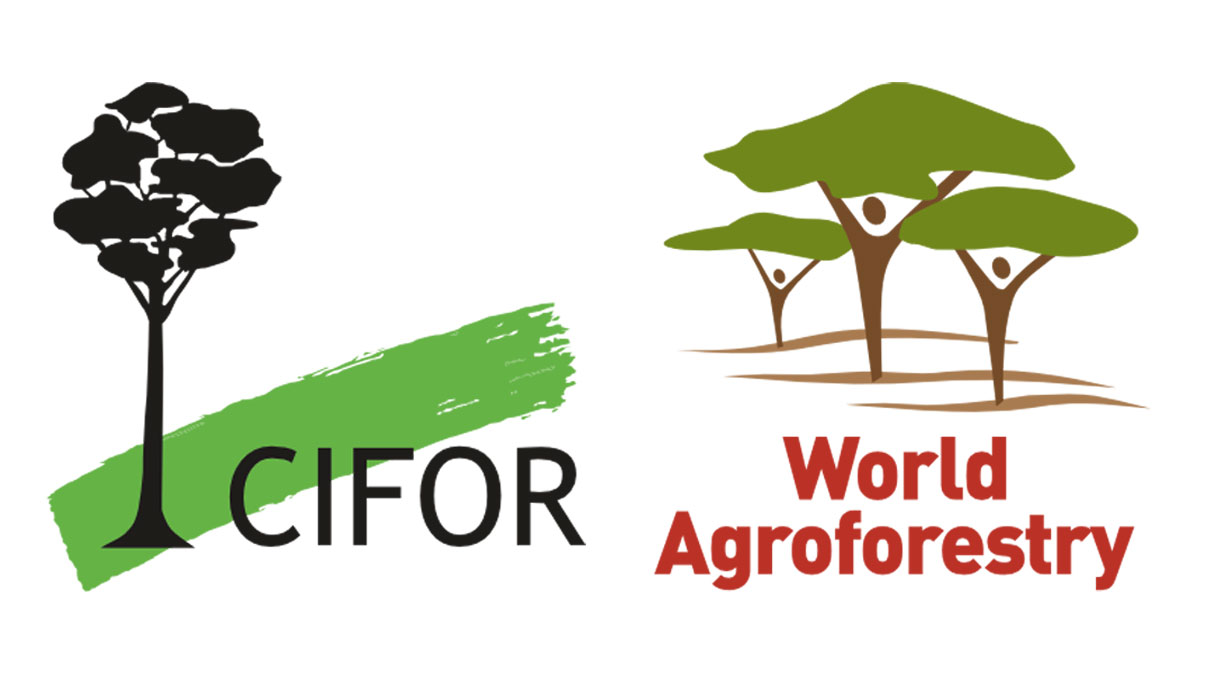
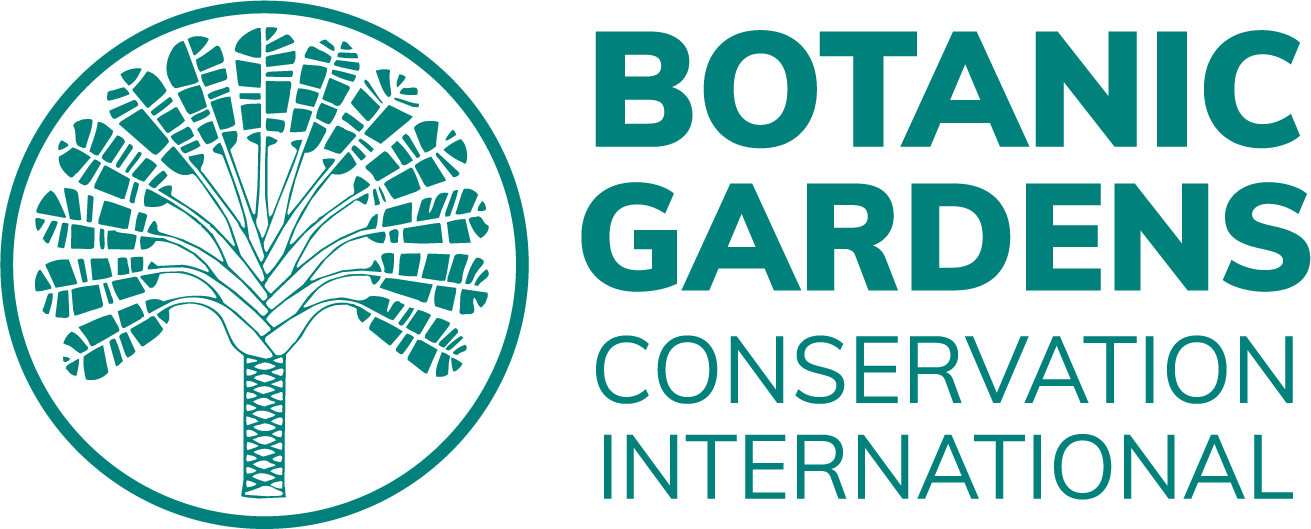


The Kaya Connect Project
Kaya Connect: Restoring the Eastern Africa Coastal Forest Hotspot
Funded by the UK Government’s Foreign & Commonwealth Development Office – Darwin Initiative.
Project start date: July 2022
Project end date: March 2025
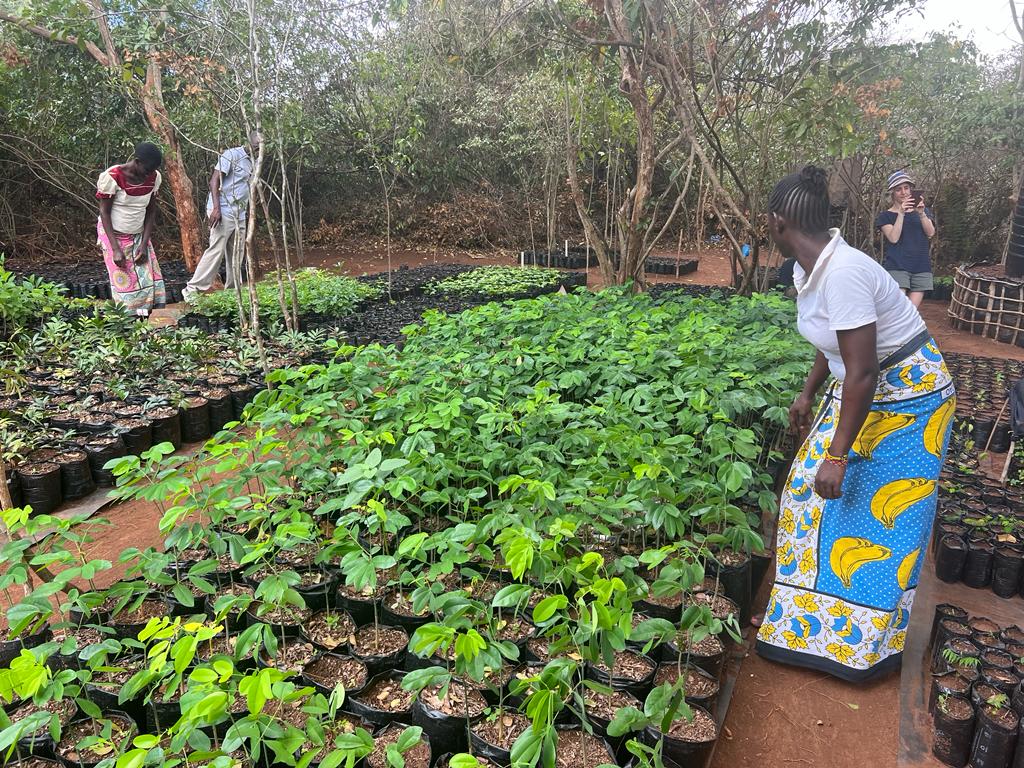
Summary
30% of the world’s tree species are threatened. Despite global interest in reforestation, the focus is on planting in high numbers and quickly for carbon capture, so biodiversity and livelihood opportunities are missed. The Eastern Africa Coastal Forest Hotspot is heavily degraded. This project will reconnect forest fragments in coastal Kenya, benefiting people and threatened trees, by mapping forest fragments, improving seed supply, protecting and restoring sites for connectivity, providing training and jobs and securing long-term political and public support.
Project Objectives
1. Map remaining forest fragments in Kilifi County for protection and seed supply.
2. Train and give jobs to a total of 136 community members (at least 50% women and 50% youth) in seed collection, propagation, and restoration.
3. Improve native seed and seedling supply chains. 60 people (out of the 136 above) will be trained as seed monitors and collectors. 40 people (out of the 136 above) will be trained and employed in nurseries and 3 people as seed technicians.
4. Restore 180ha of degraded forest, plant trees on 1,000 homesteads and in 10 schools. 30 people (out of the 136 above) will be trained and employed as restoration site officers and 3 people as education officers.
5. Ensure sustainability and scalability of project outcomes, including by working with county government and KFS to develop a country-level tree planting policy that calls for a certain amount of native species to be planted in large-scale planting projects.
Project Leader:
Botanic Gardens Conservation International (BGCI)
Project Partners:
Kenya Forest Service (KFS)
National Museums of Kenya (NMK)
The Little Environmental Action Foundation (LEAF)
Kivukoni Indigenous Tree Nursery
Mandhari Plants & Designs/Gede Tropical Nursery
Friends of Arabuko Sokoke Forest
Our Progress:
Our work regarding Indigenous tree seedling production in Kilifi County is progressing as planned. You can see the production progress in the nurseries in this document.
More progress reports coming soon…
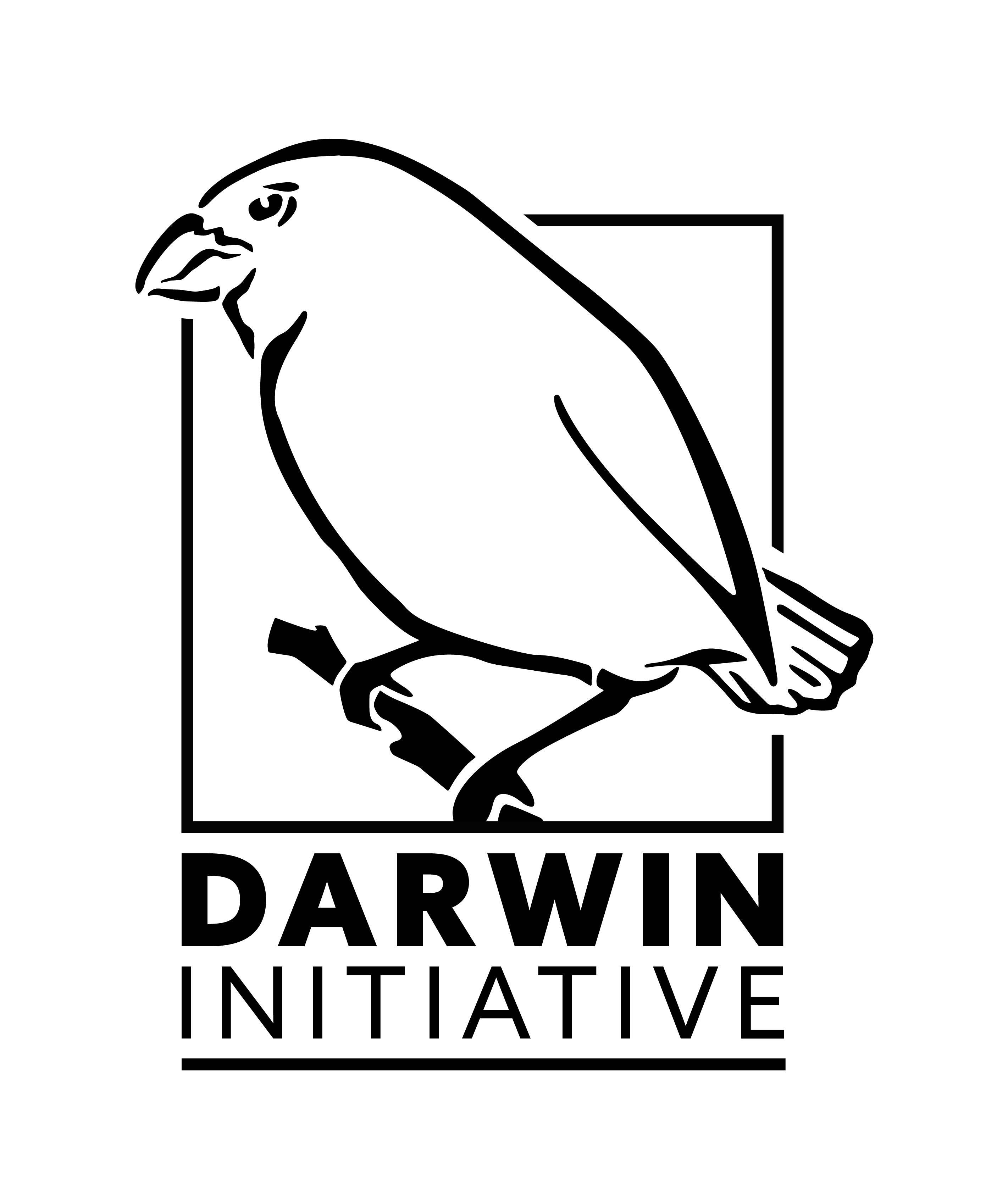

Diversifying Tanzania’s Native Tree Species Portfolio for People and Biodiversity
Funded by the UK Government’s Foreign & Commonwealth Development Office – Darwin Initiative.
Project start date: April 2024
Project end date: March 2026
The Bonn Challenge is a global goal to bring 350 million hectares of degraded and deforested landscapes into restoration by 2030. Tanzania is one of 61 countries that have made restoration pledges to restore 5.2 million hectares of degraded land. Despite this pledge, in 2018, progress has been slow – particularly with regard to the use of native tree species (NTS), with which Tanzania is richly endowed: 1,755 NTS; 410 threatened; 308 endemic; 247 timber species of which 30 are threatened.
Integration of NTS into planting has been slow due to different constrains:
- Lack of a focused national NTS policy
- Inadequate incentives for planting NTS
- No NTS seed zone maps or information on which species to plant where
- Poor knowledge about the usefulness of NTS
- Poor knowledge/ practice in NTS seed/seedling storage, handling, propagation, planting and management
- Unstandardised seed testing and allied laboratory management for NTS
- Poor knowledge on micropropagation methods for almost 95% of NTS.
These constraints result in NTS seed and seedlings being either unavailable or expensive to buy and propagate. Furthermore, the wide scale planting of inappropriate exotic and/or native species can (a) deplete/damage ecosystem services; (b) displace biodiversity, and; (c) fail altogether due to poor site selection and management, negatively impacting livelihoods.
The project, funded by Darwin Initiative Innovation, will (i) prioritise over-exploited (i.e. useful) threatened NTS; (ii) assess capacity and constraints affecting NTS seed/seedlings availability for restoration, and; (iii) address policy and practical barriers to NTS availability for restoration.
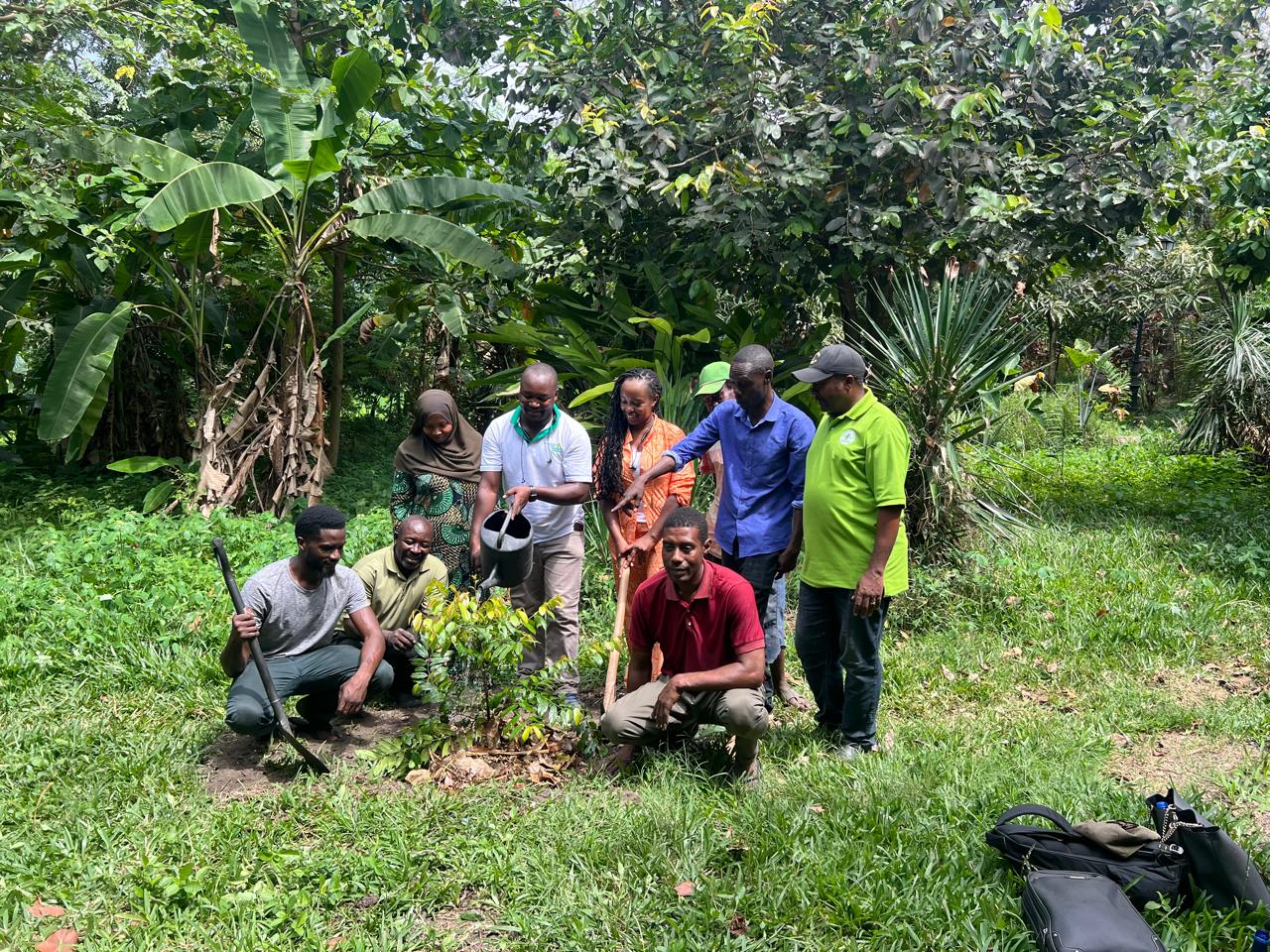
Project Outcome
Tanzanian Native Tree Species (NTS) seed portfolio diversity increased prioritising NTS of high value to people and biodiversity.
Project outputs
- Assessment of current NTS portfolio and of conservation opportunities/priorities carried out, and constraints identified.
- Data and tools for NTS collection, processing, storage and propagation developed and shared with seed/seedling suppliers.
- National Tree Seed Centre, NGOs/CBOs and private sector seed/seedling suppliers trained in NTS collection, processing, storage, propagation and planting.
- A National NTS Policy developed for Tanzania and creation of complementary tools for implementation.
The project is implemented by BGCI in collaboration with Tanzania Forest Service Agency (TFS), Tanzania Tree Growers Associations Union (TTGAU), ECHO East Africa and Migombani Botanical Garden of Zanzibar.
Many other stakeholders are involved and organized into a Seed/seedling Suppliers Consultation Group (SSCG), which will ensure that the policy and resources developed, and training provided, responds to the actual needs in Tanzania.
Seed/Seedling Suppliers Consultation Group (SSCG)
To enable impactful implementation of the project, we have established a Seed/seedling Suppliers Consultation Group (SSCG) which will ensure that the project is responding to the actual needs of Tanzania through policy and resources development and capacity building. The SSCG will provide guidance and support and act as a sounding board for the project partners on all matters pertaining to NTS seed/seedling supply. The group members will be required to contribute their knowledge, expertise, and experience on items under discussion in meetings, to enable proper and impactful implementation of the project.
The responsibilities of the SSCG include:
- Identification of national NTS policy gaps and practical constrains
- Consultations during national policy development (to provide mechanisms for direct livelihood benefits of communities)
- Identification of existing NTS restoration and conservation resources/tools in Tanzania
- Contribute to determining the existing capacity and resources gaps in NTS restoration and conservation in Tanzania: availability of seeds/seedlings of NTS, existing tools and resources on NTS and gaps to be filled, knowledge gaps to be filled with the planned training.
- Contribute to the development of a list of at least 100 useful and ecologically important NTS to be targeted by the project
- Promote the “What to plant where” tools
The membership of the SSCG include national and local actors in Tanzania who are working on NTS conservation and understand the capacity gaps and needs. The group is made up of representatives from National Tree Seed Centres, Government, NGOs, CBOs, and the private seed sector.
List of members
- Tanzania Forest Service – represented by Fandey Mashimba and Jameseth Lazaro
- Tanzania Tree Growers Association Union (TTGAU) – represented by Kastory Timbula and Yohana Ezekiel
- ECHO East Africa Impact Centre represented – by Erwin Kinsey and Charei Munene
- Migombani Botanic Garden (Zanzibar) – represented by Juma Haji, John Ndege and Mwajuma Abadi
- The Kilimanjaro Project – represented by Sarah Scott and Noel Mtenga
- National Herbarium of Tanzania, Arusha – represented by Neduvoto Piniel Mollel
- Compassionate Carbon – represented by Elliot Kinsey
- Zanzibar Department of Forestry – represented by Abbas Mzee and Said Juma
- Missouri Botanic Garden – represented by Roy Gereau and Tariq Stevart
- Pams Foundation – represented by Andrea Bianchi
- Tanzania Alliance for Biodiversity (TABIO) – represented by Davie Manongi
- Reforest Africa – represented by Robin Loveridge and Herman Lyatuu
- Independent Consultant (Attached to York University) – represented by Robert Wild
NTS web-hub
The Native Tree Species (NTS) web-based hub aims to facilitate access to information held in relevant databases and to be an open sharing tool for ‘What to plant where’ resources to support NTS sourcing and seed collection, propagation, growing and planting, including opensource seed zone maps and potential vegetation maps.


Other Projects
We undertake and support a huge variety projects across the African region.
You can find out more about our work via the links below:
Current BGCI-Africa Projects:
Useful Links & Resources
You can keep up to date with what is happening within the African Botanic Garden Network by following them on social media:
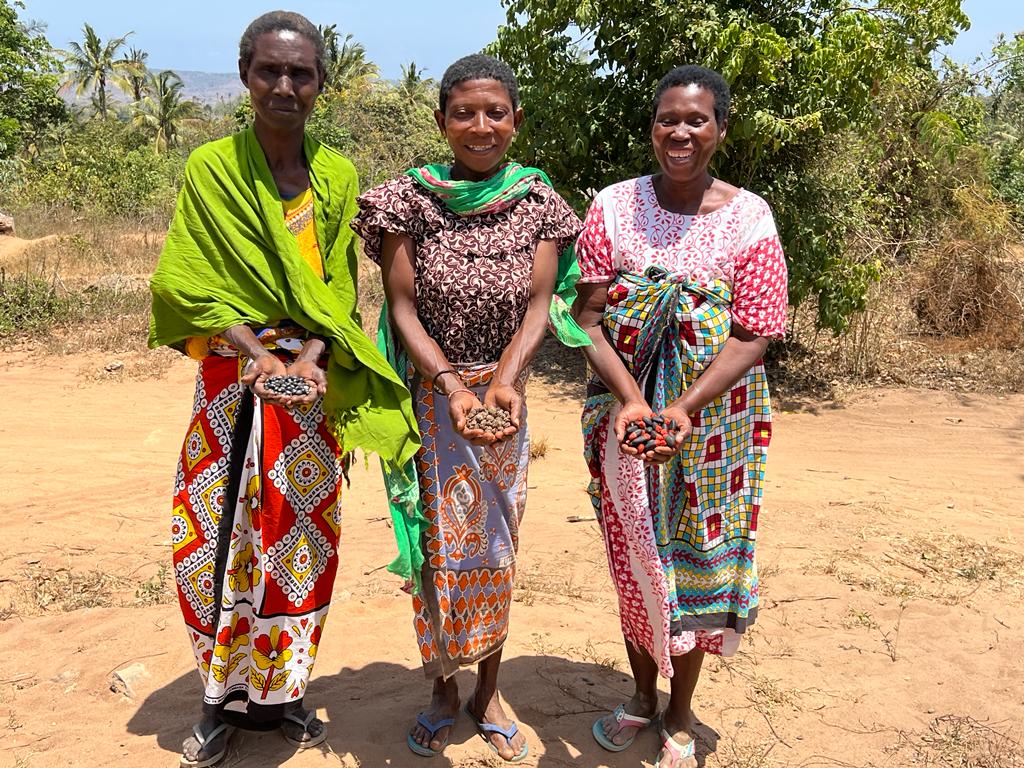
Share
